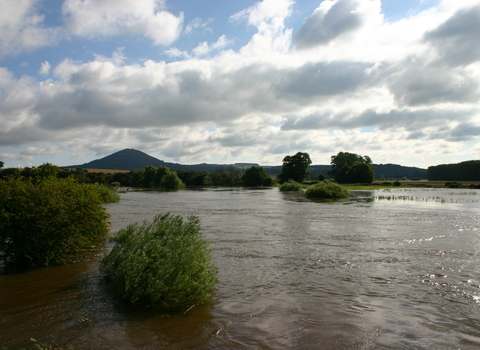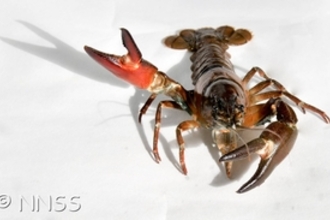Our Land and Water Team are working on a wide variety of projects within Shropshire. These projects include managing and improving the health of our streams, rivers, ponds and canals, working with different partners to address flooding issues across the county and work with landowners to help regenerate farmland.
We work hard to access funding sources to enable key projects and habitat improvement works on all kinds of water bodies, from full landscape/catchment-scale to more localised target sites, helping mitigate climate change, protect everyone's future and create a River Recovery Network in Shropshire.
Find out about some of these projects below:
Archived projects
Crayfish in the Corve AKA Happy Snappy!
The Happy Snappy - Crayfish in the Corve project has now drawn to a close. We are delighted to announce that the native white-clawed crayfish (Austropotamobius pallipes) was found in the River Corve as part of this project!
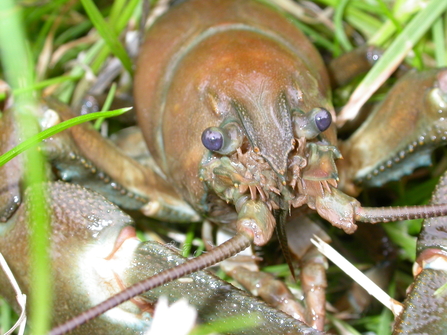
Bruce Shortland
The White-clawed crayfish (Austropotamobius pallipes) is the only native species of freshwater crayfish in the British Isles. It is under threat and rapidly decreasing in range.
In Shropshire, populations have declined dramatically, though the River Corve in South Shropshire did once have strong numbers of White-clawed crayfish. River pollution and reductions of habitat quality are threats in many areas. Without action for conservation, White-clawed crayfish will continue to be lost from entire river systems.
Find out about this project by downloading the project overview below.
Slow the Flow
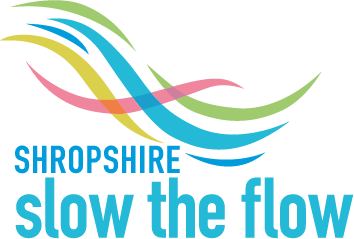
Slow the Flow project ended in April 2021 and was delivered in collaboration with Shropshire Council and Environment Agency, in Corve Dale, Shropshire.
This Natural Flood Management project aims to slow the flow of water using natural techniques such as leaky dams to reduce flooding.
The Project involved
Slow the Flow Field Aeration Event - credit Kirsty Brown
- Field aeration demonstration events for farmers, and working with our partners, farmers and land managers in the Corve Dale to produce maps detailing the different habitats, land uses and drainage issues.
Slow the Flow project woody debris dam in a Corve Dale brook
- River habitat surveys were conducted in the hot-spots, and opportunities whittled down to where we could best work with nature to help slow the flow. Various projects were undertaken, including: hedge-planting, field aeration and installation of leaky dams and seepage barriers. Field aeration in pastures has the mutual benefit of reinvigorating the grass whilst improving water infiltration.
A Slow the Flow demonstration event at Wilderhope
- Monitoring of these items, to provide data and feed back, enabling us to share best practice. Monitoring included soil infiltration tests, dipwell pipes, data loggers and time-lapse cameras.
Newport Canal Recovery Project
Newport-Norbury Branch Canal was completed in 1835. Following the arrival of the railways, canal trade declined slowly until 1921, and ceased here by 1929. Parts of the canal route has been infilled and degraded but in 1966 the section through Newport was restored to water. By 1986 the canal was supporting a rare plant community, forming a high quality and much loved green space through the town. Since that time sadly the range and number of rare aquatic plants had been in steady decline, due to a number of factors including poor quality water and a loss of water depth from siltation.
However, with funding from The European Agricultural Fund for Rural Development (Europe investing in rural areas), we were able to deliver a project to restore two sections of the canal SSSI, which was completed in early 2021.
This is a partnership project between Shropshire Wildlife Trust, Telford and Wrekin Council, Shrewsbury and Newport Canal Trust, AUDCO, Telford Angling Association and Honeysuckle Angling Club.
Newport Canal SSSI Phase II conservation dredging
The projects main aim was to de-silt sections of the canal. The deepening of the water benefits fish as the canal was too shallow in places for fish to happily swim. It also benefits unusual plants that are found in the canal which sadly had been in decline in variety and number as the canal silted up. Dredged silt was spread across nearby rough ground. These areas will ultimately be seeded with appropriate wildflower/grass mixes.
Credit Kirsty Brown
Other work included:
- Consultation
- Fishery surveys
- Summer botanical surveys
- Protected species surveys
- Water quality assessments
- Information board installation
- A management plan was developed for the Newport Canal with stakeholders, to aid future decision-making, help garner support and funding, and look after this special site for the people, heritage and wildlife value into the future.
Integrated approaches
Integrated catchment approaches are a way of looking at the bigger picture beyond the banks of the waterways. It is about realising that what goes on in our fields, roads, parks and residential areas is fundamentally linked to our Wild Water.
Taking an integrated approach is essential and most cost effective as it aims to bring together traditional management methods with natural engineering solutions.
The Catchment Based Approach (CaBA) is a community-led approach that engages people and groups from across society to help improve our precious water environments. CaBA Partnerships are now actively working in 100+ catchments across England and Wales.
They have assembled guidance and information about planning and running citizen science and volunteer monitoring programmes. The resource pack includes a guide to water quality monitoring equipment used by CaBA partnerships, mobile apps and maps for data capture and a number of case studies from catchment partnerships using monitoring to inform and assess their catchment plans.
Learn more about the CaBA approach on their website.
Shropshire benefits from the work of 5 catchment partnerships, follow the links below to find out more:
Shropshire Middle Severn | Worcestershire Middle Severn | Severn Uplands | The Teme | Weaver Gowy Catchment mapping portal
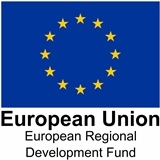
Latest Rivers news
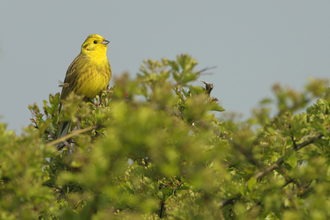
Devastating declines must put nature at the top of the political agenda
Shropshire Wildlife Trust give politicians five priorities to support nature recovery.
Project scoops award
The Shropshire Slow the Flow, Natural Flood Management Project took the ‘Studies and Research’ category for the prestigious ICE West…
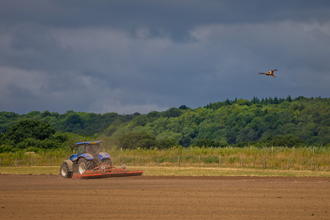
Birds, bees, and butterflies suffer as Brexit farming promises broken today
Rescue rivers, wildlife and climate faster say three largest nature charities.

